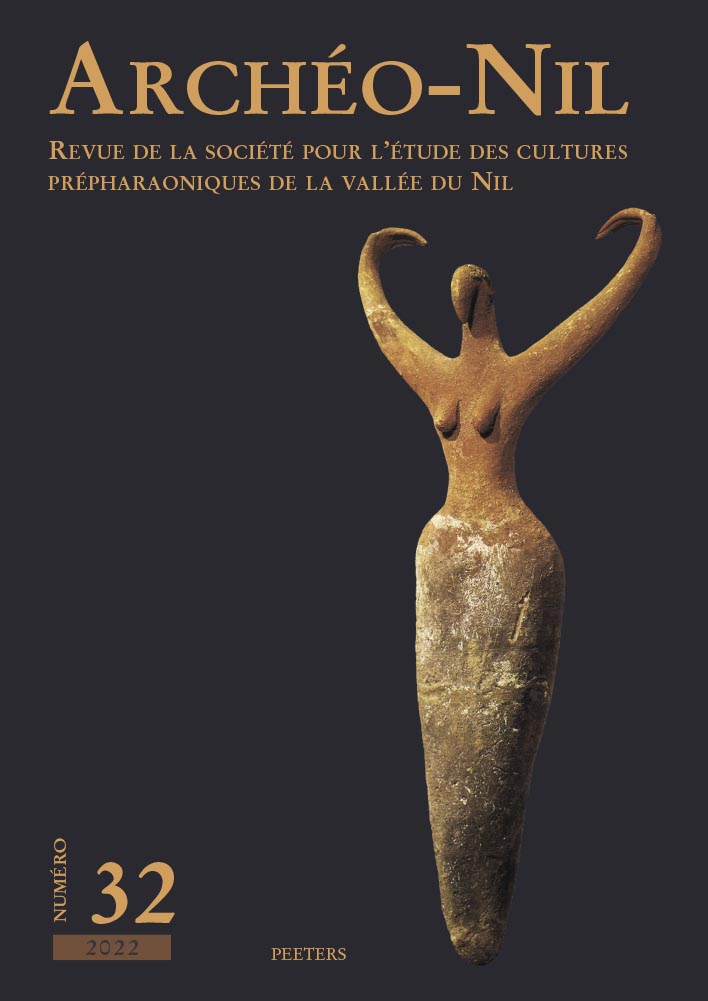 previous article in this issue previous article in this issue | next article in this issue  |

Preview first page |
Document Details : Title: The Emergence of Mudbrick Architecture in Egypt in the 4th Millennium BCE Subtitle: Reflection Based on Recent Discoveries at Tell el-Iswid (Eastern Delta) Author(s): BUCHEZ, Nathalie , GEREZ, Julie , GUERIN, Samuel , MINOTTI, Mathilde Journal: Archéo-Nil Volume: 31 Date: 2021 Pages: 111-134 DOI: 10.2143/ANI.31.0.3291288 Abstract : Prior to the second half of the 4th millennium BCE, lightweight architecture was commonplace Egypt. Recent discoveries, including those stemming from the authors’ research on the site of Tell el-Iswid (Eastern Delta), have substantially furthered our understanding of the early development of Egyptian mudbrick architecture. These discoveries question or nuance the original hypothesis of a diffusion process from Near Eastern regions, where several centres exhibite the oldest evidence for the use of mudbrick. An overview of all the documentation on the subject leads us to a reflection on the circumstances and modalities of the emergence of mudbrick architecture in Egypt. Antérieurement à la seconde moitié du IVe millénaire avant notre ère, une architecture légère prédomine en Égypte. De récentes découvertes dont celles issues des recherches des auteurs sur le site de Tell el-Iswid, dans le Delta oriental, viennent étoffer de façon substantielle le dossier de la genèse de l’architecture de brique crue égyptienne et, pour certaines, remettre en question ou moduler l’hypothèse première d’un processus de diffusion à partir des régions proche-orientales où plusieurs foyers concentrent les plus vieux exemples de l’utilisation de la brique crue. Un tour d’horizon de l’ensemble de la documentation sur le sujet conduit à une réflexion sur les conditions et modalités d’émergence de l’architecture de brique crue en Égypte. |
|


